Peru's rainbow-striped hills are no secret to photo-happy tourists—unless you head 15 miles to Palcoyo, a trio of hidden gems towering in plain sight.
A few years ago, images of Rainbow Mountain in Peru began infiltrating my Instagram feed. The photos showed an above-the-treeline slope that looked like someone had dumped buckets of gold, pink, and mint green paint over it. It didn’t look real. I wanted to visit, but I also didn’t want to find myself jockeying for position among hordes of influencers trying to snap pictures. It turns out I didn’t have to.
I spent a week in Peru in December, just before political unrest temporarily closed airports, roads, and some of the major tourist destinations around the country. I used Cusco, once the capital of the Inca empire, as my hub, and set out on a series of day trips into the Andes Mountains, determined to visit places not overwhelmed with tourists.
Instead of trekking toward the crowds in search of rainbow-hued outdoor IG clout, I found Palcoyo, a set of three colorful colossuses. These vibrant peaks turned out to be the perfect alternative to Vinicunca, the Rainbow Mountain of all those oversaturated Instagram posts I’d seen. Bonus: It offered plenty of elbow room. There are other reasons than just relative solitude to choose Palcoyo over Vinicunca.
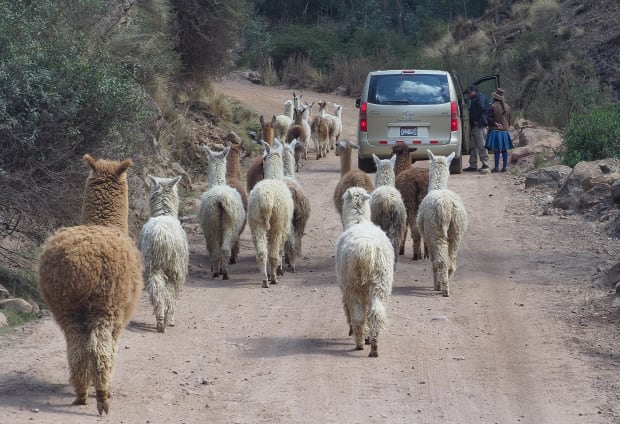
Pam LeBlanc
Where Are the Rainbow Mountains in Peru?
The Palcoyo trailhead is located about 15 miles farther from downtown Cusco than Vinicunca, and it takes about three and a half hours to get there—longer if you get caught in an alpaca traffic jam. But once you’ve arrived, the hike up is shorter and not as steep.
At Vinicunca you’ll gain 3,937 feet on the 2.5-mile hike to the top, at 17,000 feet. By comparison, you’ll climb about 700 feet at Palcoyo, which tops out at 16,010 feet.
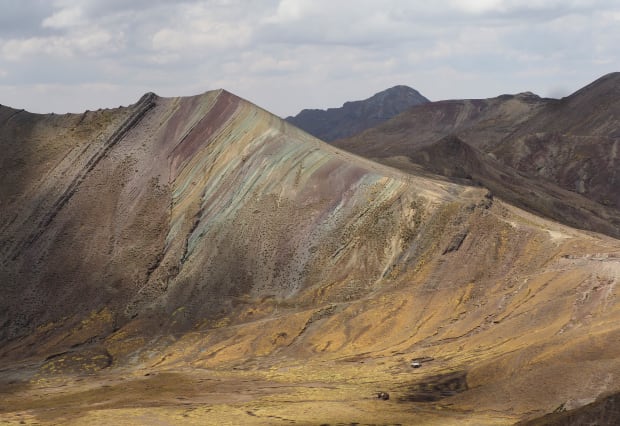
Pam LeBlanc
Why You Should Go to Palcoyo
Rainbow Mountain sits at 17,060 feet above sea level.
I live in Austin, TX, at about 500 feet, so even though I’m fit I gasped like a guppy during the 30-minute hike up. I also got a headache, which eased when we returned to a lower elevation. The elevation is no joke; locals say that chewing coco leaves can help.
Related: The Best Solo Travel Destinations in the World
As you make the slog up the trail to the main viewing point, you’ll hike past an area where travelers have stacked rocks, called apachetas, to honor the mountain spirits. As you walk, you’ll get good views of two other nearby peaks, also drenched in blankets of color. But the main attraction lies ahead.
At the top, I stood for an hour taking in the view from all directions. The colors are startling—bands ranging from mustard yellow to maroon, and everything in between.
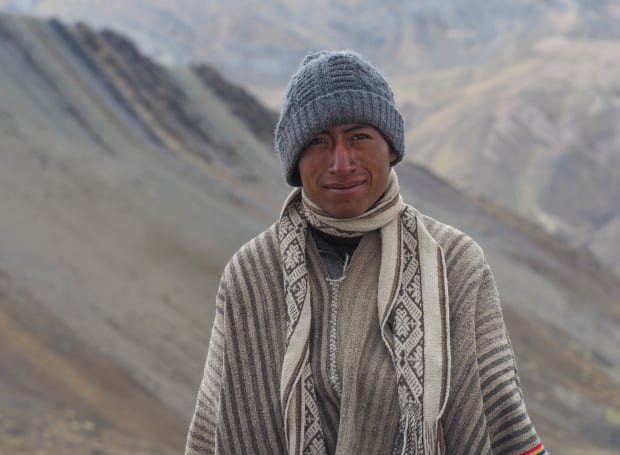
Pam LeBlanc
If the weather clears, you’ll get a glimpse of a snow-capped peak called Ausangate, the fifth highest mountain in Peru, in the distance. Hardy hikers can tack on a 30-minute, strenuous hike from the main viewing point up to what locals call the “stone forest.” The line of rocks jutting from the ground there looks like an oversized jawbone, or the jagged edge of a giant’s saw blade.
Related: The 13 Coolest, Most-Scenic Hotels in South America
A handful of other hikers came and went during my visit, and we chatted with a local, who looked at the sky and predicted it would snow—which it did, lightly, about 20 minutes later.
What Makes the Rainbow Mountain in Peru Colorful?
Tectonic plate shifts uplifted the Andes Mountain Range and spurred volcanic activity that introduced a multitude of minerals. Over time, different sedimentary rock and minerals became sandwiched on top of one another. More tectonic collisions gave rise to new mountains, pushing these layers vertically instead of horizontally.
Erosion from wind, rain, and snow started to change the color of the sediments. Red clay, sandstone, quartzrose, iron sulphide and more create standout colors of maroon, turquoise, and yellow.
The Rainbow Mountain phenomenon is actually a recent one. Not long ago, Vinicunca and Palcoyo were mostly covered with snow, but warming temperatures have exposed their stunning blankets of color. Starting in about 2015, tourists took note.
The colors may not be as bright as some of those viral photos show, but they don’t have to be. It looks like someone took colored chalk, crushed it, and washed it over the top of these wide-open mountains in the Andes.
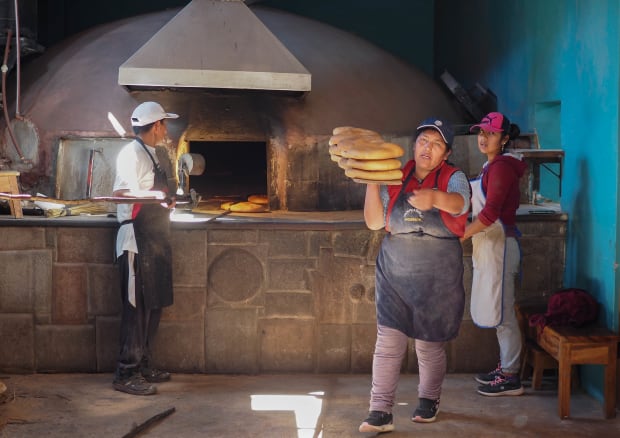
Pam LeBlanc
What to See in Peru
Palcoyo wasn’t the only off-the-tourist-path attraction I visited. Head a little farther beyond the crowds and you'll discover the Southern Valley is full of hidden gems.
In Andahuaylillas, I toured the San Pedro Apostol church, built by the Spanish in the late 16th century. The church, dubbed the "Sistine Chapel of the Andes,” doesn’t look all that spectacular from the outside. Swing open the doors of the whitewashed building and you’ll find a shimmering display: gold-leaf altar, glittering statues, colorful murals, and an elaborately painted ceiling.
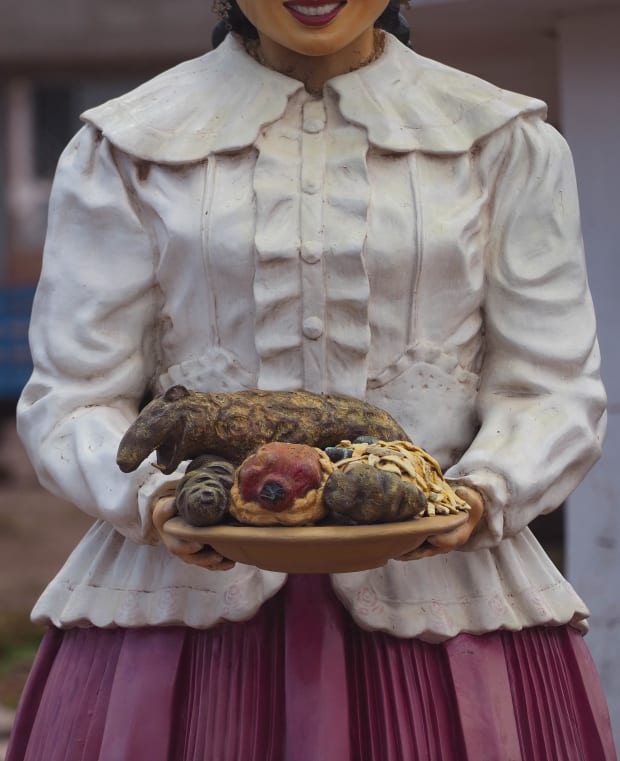
Pam LeBlanc
At Tipon, visitors can climb along a series of irrigated terraces. Researchers believe the site was used as a sort of experimental farm by the Inca people. They tested crops at different elevations, to see what grew best. And at Pikillaqta (“flea place”) you can stroll through the ruins of an ancient city where 10,000 people once lived. It’s rural and wind-swept, and not a single other person spoiled the solitude of my visit.
Related: The 13 Best Dishes in America We Can't Stop Thinking About
While you’re in the valley, you can eat like the locals. In Saylla, on the southeastern outskirts of Cusco, locals lined up at chicharronerias to get fried pork or pork rinds. At Tipon, more than a dozen cuyerias served guinea pig roasted or stewed. (I passed, thank you very much.) Don’t skip Oropesa, where my driver pulled over and I watched a baker use a long wooden pole to retrieve a loaf of bread from a dome-shaped oven and hand it to me warm. Heaven.
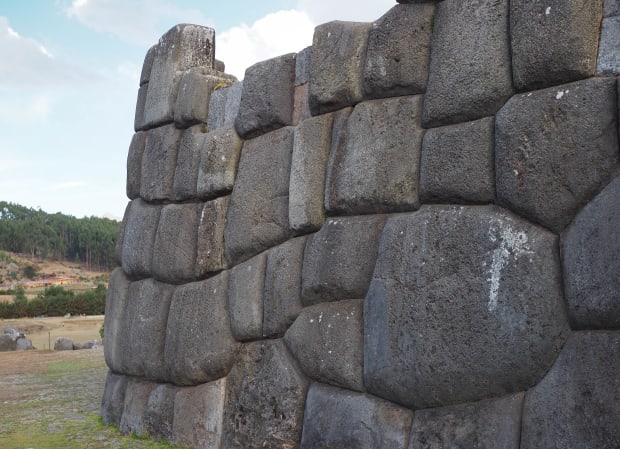
Pam LeBlanc
Closer to Cusco, the ancient citadel of Sascayhuaman is located on the outskirts of the city, and worth a few hours. Incas built the massive complex in the 15th century, and it’s hard to fathom how they cut the boulders that make up the walls and fit them together so tightly you can’t even slide a sheet of paper between them.
Finally, even though it’s popular with tourists, don’t pass the chance to visit Machu Picchu, introduced to the world in 1911 by American archaeologist Hiram Bingham. You’ll find crowds among the clouds that gather at the top of the granite mountain, but a glimpse of the once vine-covered ruins makes it worth the hassle.
from Men's Journal https://ift.tt/tzFDHw7


0 comments